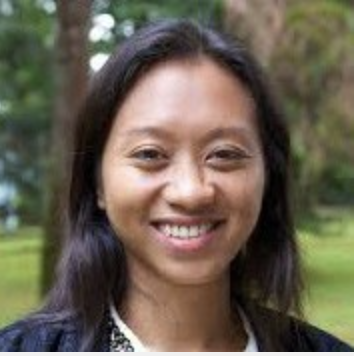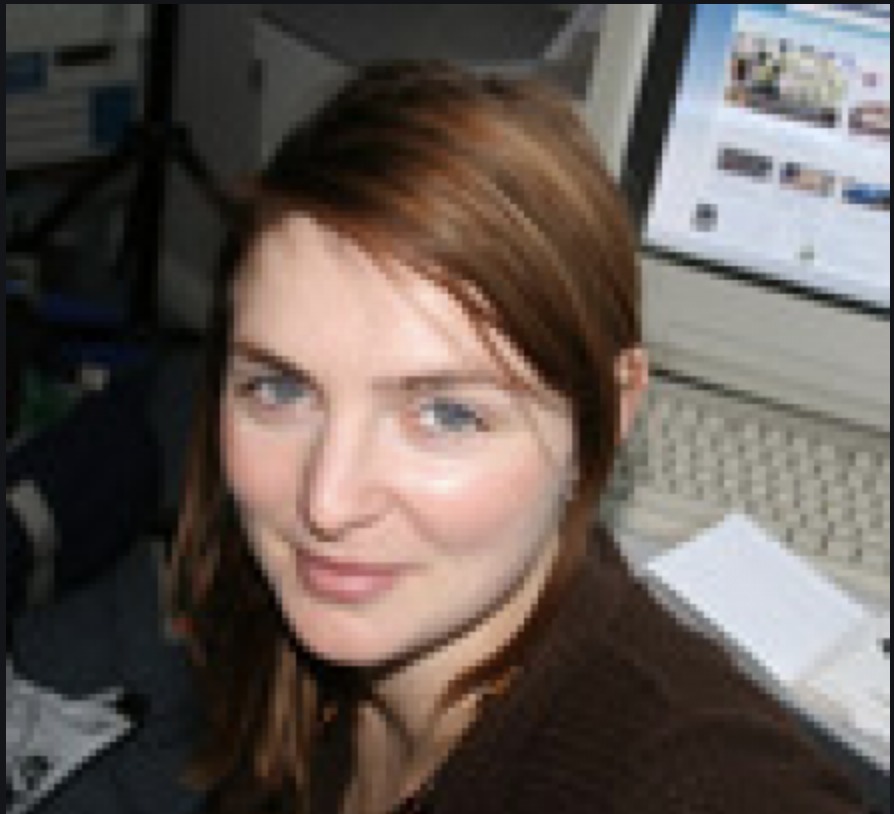
The climate mitigation scheme REDD+, is limited in its vision on just forests and needs to include other types of land use, say experts. Neil Palmer (CIAT).
DOHA, Qatar (8 December, 2012)_A unified approach to managing landscapes to achieve food security while protecting the world’s natural resources could make it on to the U.N. climate change agenda by 2015, in time to be incorporated into the 2020 emissions reduction agreement, said Tony La Viña, a negotiator for the Philippines.
“We are looking at the new Ad Hoc Working Group on the Durban Platform (ADP) process as the future framework that will merge REDD+, agriculture, land-use change and forestry,” he said at a recent event alongside the UN climate talks in Doha.
“REDD+, as it stands, is limited in its vision on forests. For me, it’s obvious that a landscape approach that combines forests, agriculture and other land uses…is the way forward.”
Currently under discussion at the the UN Framework Convention on Climate Change (UNFCCC) conference in Doha, the Durban Platform aims to encourage both developed and developing countries to set and commit to greenhouse gas reduction targets by 2015 and these targets must be met by 2020.
While it’s clear the idea of landscape approaches has been gaining momentum, incorporating it into the UNFCCC’s agenda to reduce emissions from deforestation and forest degradation (REDD+) would take an average of three to five years, purely because it takes time for political leaders to be sufficiently educated and convinced of its value and significance.
This makes REDD+ particularity interesting to watch between 2013 and 2015, said La Viña and colleagues in their recent paper The future of REDD-Plus, agriculture, and land-use change in the UNFCCC. They say that Parties are slowly realising the potential of REDD+ likely emerging as the most accepted, advanced, and cost-effective model for meeting emissions reduction commitments in a post-2020 climate regime.
We are looking at the new Ad Hoc Working Group on the Durban Platform (ADP) process as the future framework that will merge REDD+, agriculture, land-use change and forestry.
But even if they are convinced of the benefits of a landscape approach, argues La Viña, negotiators would need to ensure that “discussions ultimately translate into a crystallisation of how REDD+, agriculture and land-use change can seamlessly interface with one other under a new agreement.”
Researchers and scientists also seem to agree that landscape approach could be a good way forward for REDD+.
“Trying to take a landscape view of the world is something researchers have been advocating for a long time,” said Louis Verchot, scientist with the Center for International Forestry Research, adding that “it doesn’t make sense to just treat forests and not other aspects of land use that are creating emissions”.
REDD+ mitigates only a small percentage of emissions from land-use change, and is facing huge challenges with regard to accurate measurements, monitoring, unclear forest definitions, leakage (an increase in carbon emissions in one country as a result of an emissions reduction by another) and respecting local communities rights and equity.
And while many land uses such as agriculture and biofuel crops are significant contributors to global greenhouse gas emissions, there is little evidence that current international climate policies are addressing these sectors.
Fortunately, the tide seems to be turning. Much of the debate surrounding this year’s climate conference has been focused on the need to see forests through the lens of agriculture, food security and broader sustainable development goals, recognising that trade-offs will have to be made to better manage vulnerable ecosystems while offering opportunities for climate adaptation and mitigation.
New research into Reducing Emissions from All Land Uses (REALU) by the Partnership for the Tropical Forests Margins is already examining the way that climate mitigation schemes such as REDD+ could be more effective as part of the broader architecture addressing all land uses in developing countries.
In countries such as Nepal, forest covers about one-third of the country’s area with the rest of the land being used for agriculture (21%) agroforestry (7%), grassland (12%) and water, rocks, snow and settlements (20%). Integrated REDD+ schemes are more likely to ensure more realistic and accurate accounting for carbon and sustainable development, said a recent assessment.
In the meantime, the UNFCCC could learn lessons from the cross-sectorial collaboration already underway in many institutions and nations – from the World Bank to the Australian and Kenyan governments, as organisations move away from the silo-ing of departments and ministries to better tackle the challenge.
“People don’t live in sectors or in departments, they live holistically,” said Judy Wakhungu, Executive Director of the African Centre for Technology Studies, adding that working collaboratively and providing comprehensive solutions that encompass the value of all the assets in landscapes is an integral part of the process to tackle food insecurity.
However, landscape approaches in practice need to be better understood before the advent of a 2015 emissions reduction agreement, according to Mary Barton-Dock, Director of Climate Policy and Finance at the World Bank.
“We still have our work cut out for us.”
For more stories from the UN climate talks in Doha, click here.
We want you to share Forests News content, which is licensed under Creative Commons Attribution-NonCommercial-ShareAlike 4.0 International (CC BY-NC-SA 4.0). This means you are free to redistribute our material for non-commercial purposes. All we ask is that you give Forests News appropriate credit and link to the original Forests News content, indicate if changes were made, and distribute your contributions under the same Creative Commons license. You must notify Forests News if you repost, reprint or reuse our materials by contacting forestsnews@cifor-icraf.org.





